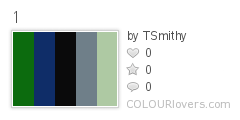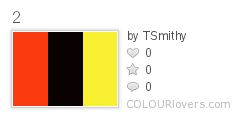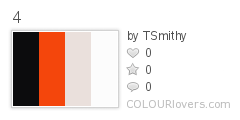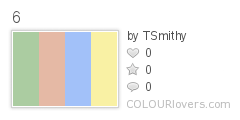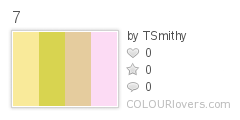
- Bauer Media Group is a multinational media company who are headquarted in Hamburg, Germany. As of now they operate in 15 countries globally.
- Ever since the company was founded in 1875, it has been privately owned and under management by the Bauer family.
- Currently Worldwide circulation of Bauer Media Group's magazine titles amounts to 38 million magazines a week.
- It currently owns magazines such as, Kerrang, FHM, Q, MOJO, as well a the rights o television channel '4 Music'.




- IPC Media ( who were formerly named International Publishing Corporation), are a fully owned subsidiary of Time Inc.
- Within the United Kingdom they are a major consumer magazine and digital publisher, with an ever expanding portfolio selling a staggering 350 million copies each year.
- The company has many Diversions, these include: ICP Newspapers, ICP magazines, ICP Trade and Technical, ICP Printing, ICP Books and ICP New Products.
- As well as doing many magazines in the traditional physical format, they now also use many other platforms, such as online magazines and downloads.
- Current;y they are United Kingdom's number 1 consumer magazine publisher, due to the 26 million adults there are selling magazines to.. Meanwhile their online magazines bring in over 25 million views every month.
- ICP are most famous for their award winning music magazine NME. As a publication it is read by a monumental 1.1 million people each and every week, as well it is the longest published and one of the biggest music magazine's worldwide.
- However the magazine also has a website running parallel, http://www.nme.com/ provides online users the opportunity to go and read the newest edition of the magazine.
- In addition the opportunity is their to look back over every issue that has been published within the last 60 years since the magazine was published.
- Examples of the magazines which they publish include NME and Loaded

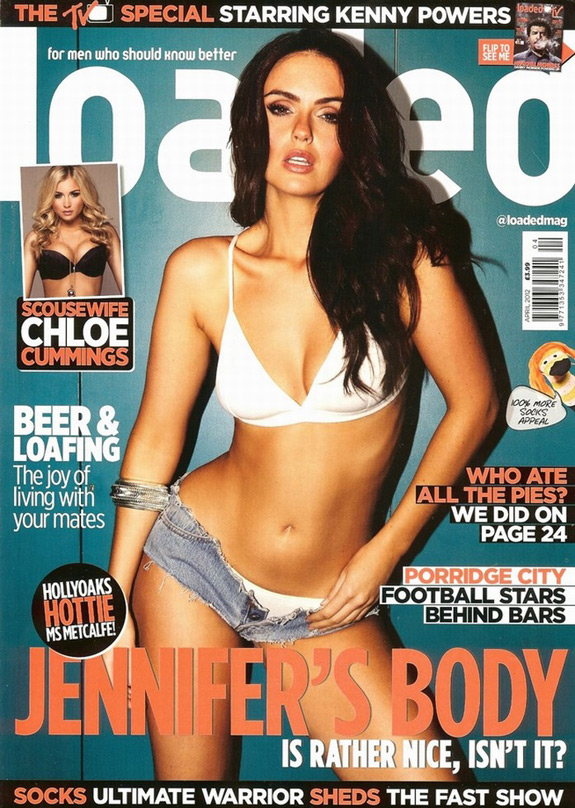
- The Hearst Corporation is an American mass media group based in the Hearst Tower, Manhattan in New York City, New York, United States.
- Founded by William Randolph Hearst as an owner of newspapers, the company's holdings now include a wide variety of media. The Hearst family is involved in the ownership and management of the company.
- Hearst is one of the largest diversified communications companies in the world. Its major interests include 15 daily and 36 weekly newspapers, and more than 300 magazines around the world.
- Hearst both publishes and produces various magazines, such as, ELLE, Esquire, Cosmopolitan and Marie Clarie.




Conclusion
After looking at the 3 main magazines involved within the Music industry, I have come to the conclusion that IPC Media would be most suited to publishing my final piece music magazine. They are currently experiencing major success with NME and reach out to 26 million adults a month. Whilst also having success with online magazines which could add another dimension to my magazine, in a generation where going online is massive.
So with their outstanding publishing reputation I believe they could take my magazine far within the market place due to their great credibility and reputation within the market.
I


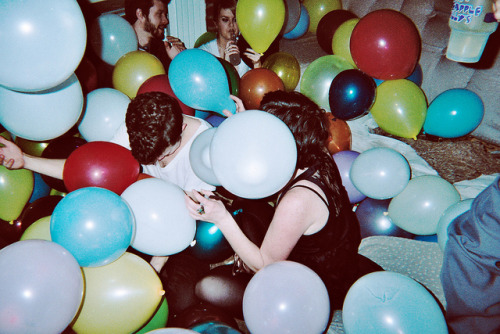
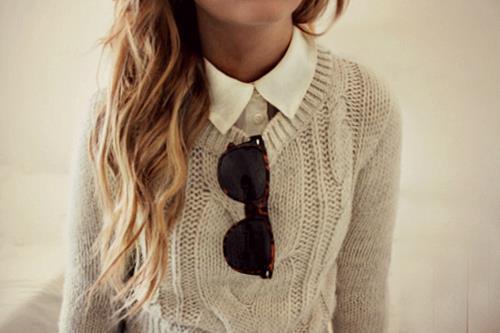
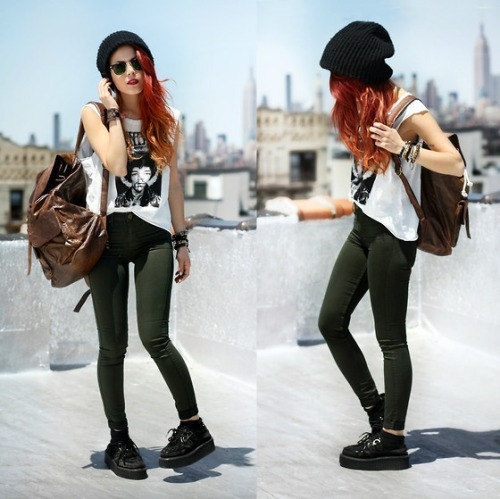
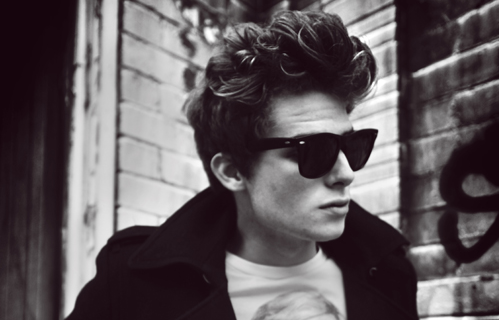
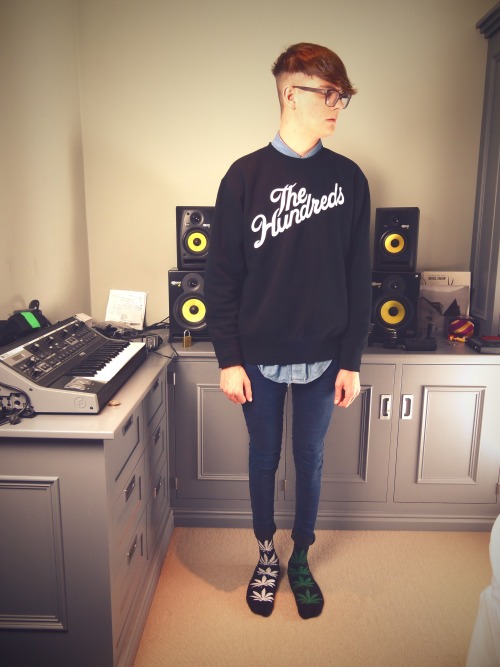








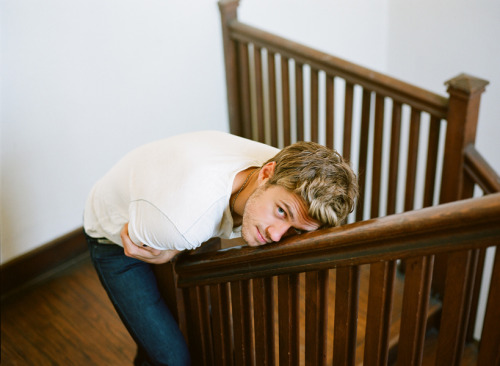
 The Wombats.
The Wombats. Joni Mitchell.
Joni Mitchell.  The Lumineers.
The Lumineers.
